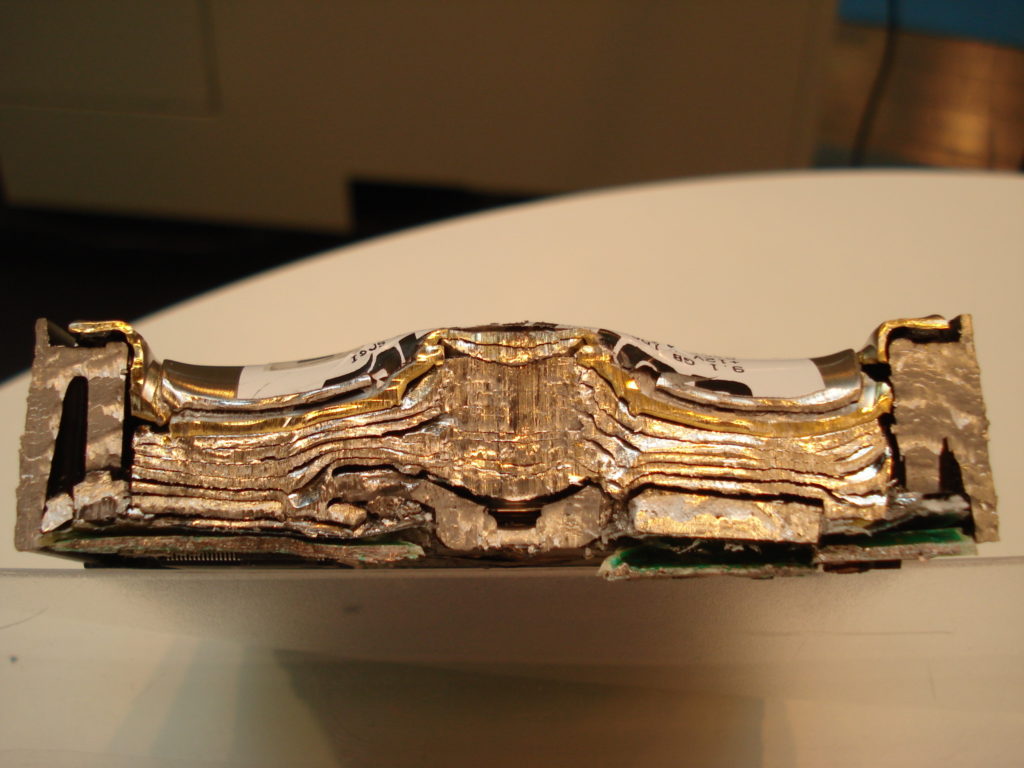Plan Ahead
Anticipating data protection
In recent years there has been an increase in Data Protection Regulations. A trend which will undoubtedly continue. This, combined with increased data density, presents each organization with the challenge on how to properly dispose of digital data carriers.
The effective destruction of confidential corporate data is crucial for a number of key reasons, each of which contributes to strengthening your company’s security, compliance and reputation.
Reducing the risk of data hacking :
In the event of a security breach, cyber attackers often target sensitive information to exploit for malicious purposes. However, when your obsolete data is properly destroyed, this information becomes inaccessible.
Reduction of attack vectors and malicious use of data:
When obsolete data accumulates without being properly destroyed, it creates so many potential entry points for cyber attacks. By effectively destroying this data, you reduce the number of attack vectors. Fewer entry points mean fewer opportunities for cybercriminals to compromise your company’s security, which protects against phishing, identity theft and other malicious attacks.
GDPR compliance:
Many regulations, such as the GDPR / RGPD in Europe, the LPD in Switzerland and the LOPDGDD in Spain require companies to protect their sensitive data and destroy it appropriately when it is no longer needed. By complying with these regulations, you can avoid potential legal penalties in the event of a data breach.
Reputation protection:
Commitment to preserving the information of your customers, employees and partners is a key element in protecting your company’s reputation. When your stakeholders know that you are taking steps to secure their data, they are more likely to trust you.
Data protection method
In the past, methods for destroying confidential data were simple and straightforward, often calculated solely on the basis of cost per disk. The main objective was to dispose of obsolete storage media as economically as possible. However, the rapidly changing cyber security landscape and increasingly stringent regulations have profoundly transformed these methods.
Today, the destruction of confidential data is no longer simply a question of cost per unit of storage. Many factors come into play, including :
Sensitivity of information:
Confidential data can vary in terms of sensitivity. Some information may be essential to the business, while other information may be less critical. Destruction must be adapted to the level of sensitivity of each set of data.
Data breach risks:
Cyber attacks and data breaches are becoming increasingly common. Companies need to assess the risks associated with retaining obsolete data. The longer data is held, the more exposed it is to potential threats.
Financial and Reputational Consequences:
The financial and reputational repercussions of data breaches can be considerable. The costs of legal fines, lost customers, reputational damage and litigation can total millions of euros. Inadequate data destruction can lead to these costly consequences and potential liability claims against management .
As a result, the evolution of methods for destroying confidential data now involves taking these crucial factors into account. It is essential to put in place secure, compliant destruction strategies to minimise the risks and consequences of losing control over confidential information.This requires a more considered and responsible approach to data management, focused on protecting sensitive information and preserving the company’s reputation.
Choose the best hard drive shredder
The question therefore becomes now which shredder will fulfill future needs and will protect my organization against potential penalties and reputation damage rather than making the investment choice focusing on a simple waste based ROI calculation.
The MAXXeGUARD shredder will allow your organization to anticipate on changing standards and regulations. And to adjust your security standards as regulations change. The unique ability to adjust the cut length between 70 and 1 mm allows for the destruction of both non-classified as well as classified data. Due to its unique knife design, a triple action of compressing, deforming and cutting is performed. For other specific product features please see the page MAXXeGUARD product specifications.
Our shredder ensures confidential information is shredded securely and comply with HIPAA, FACTA, and Bliley Act privacy laws.


